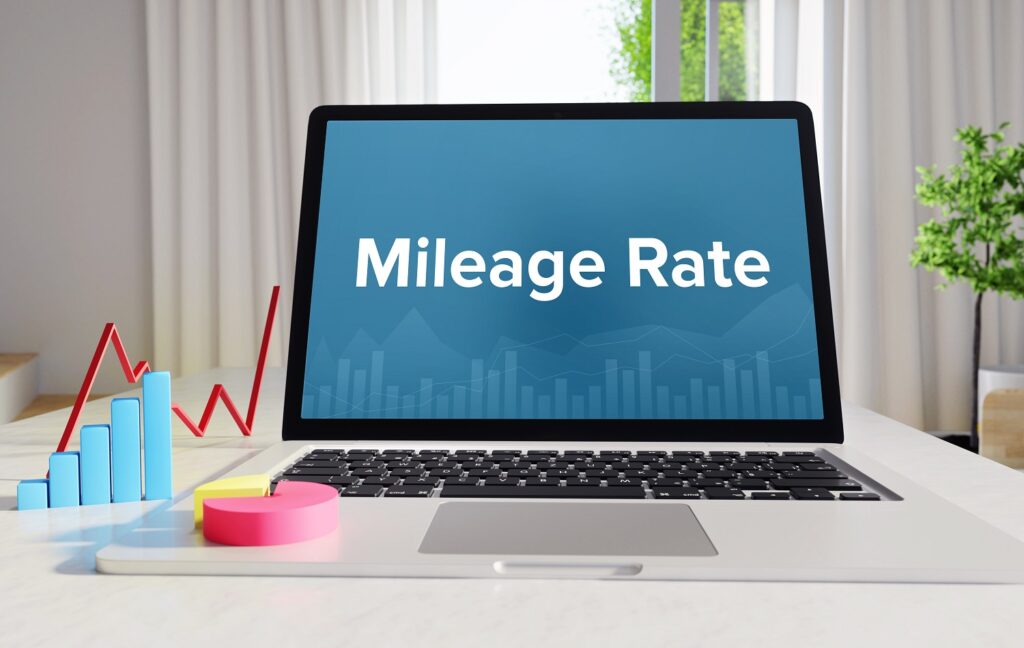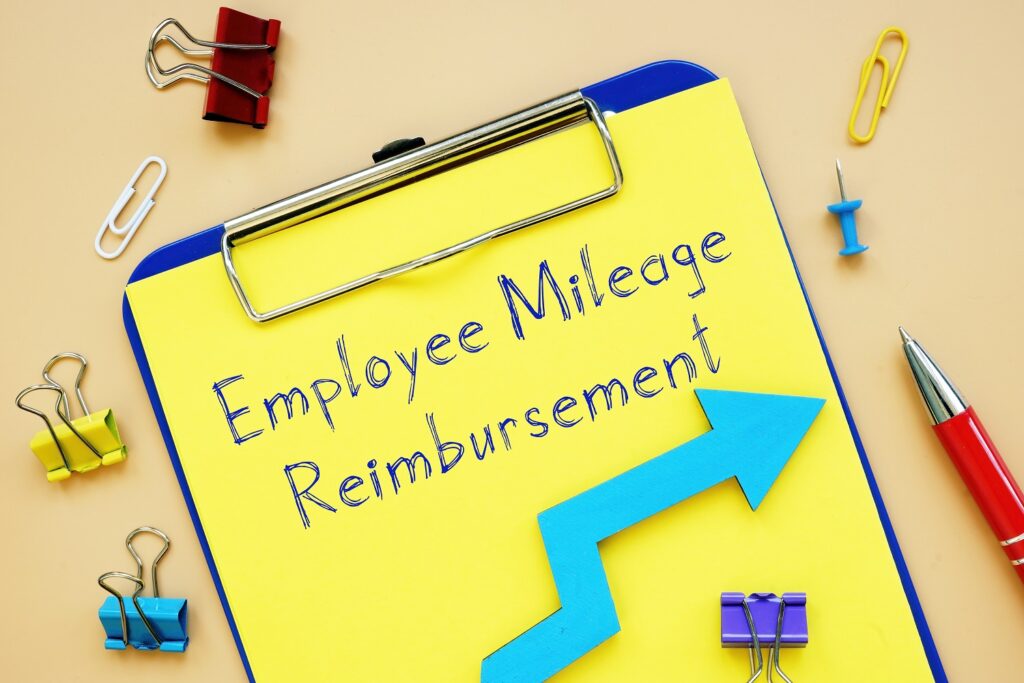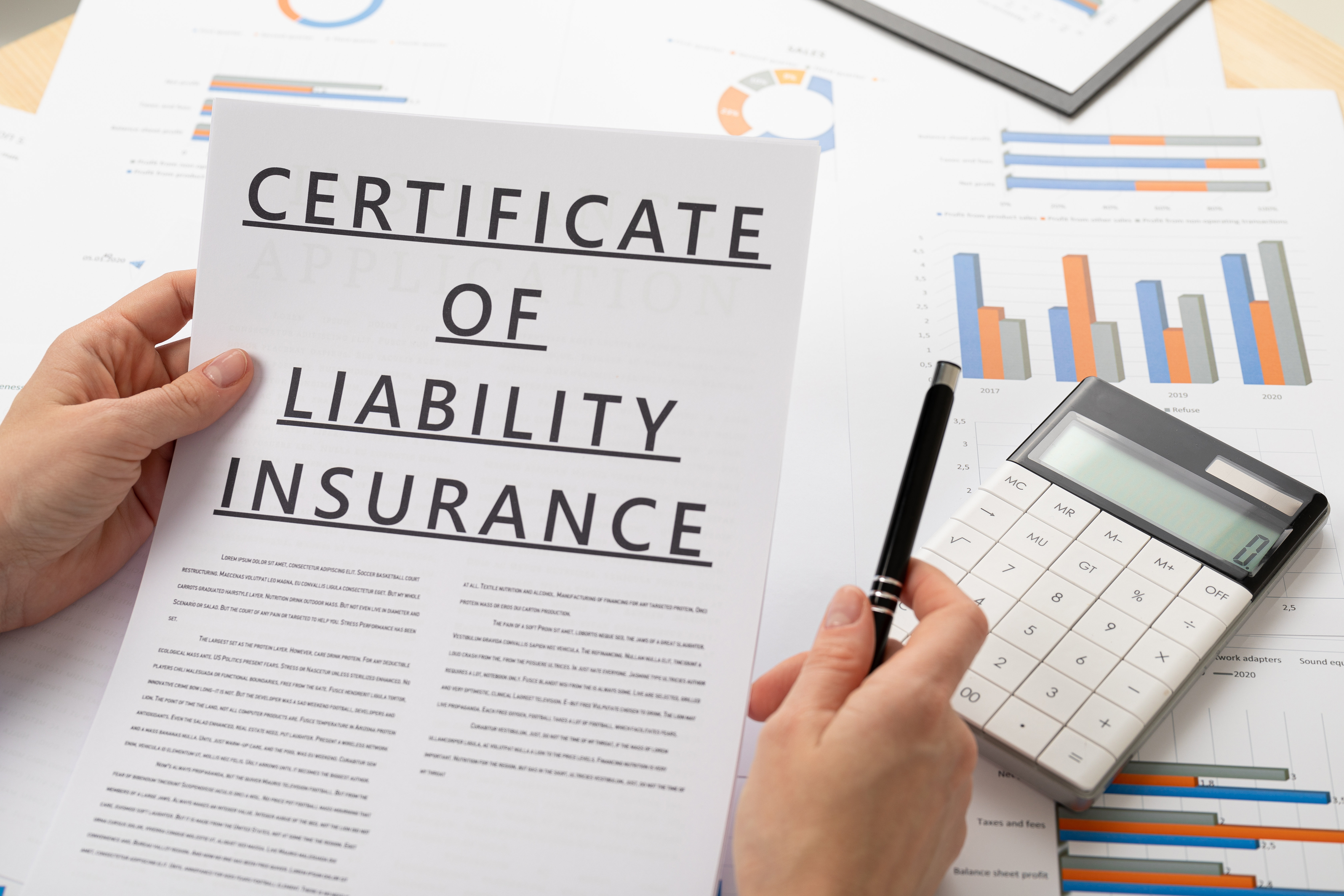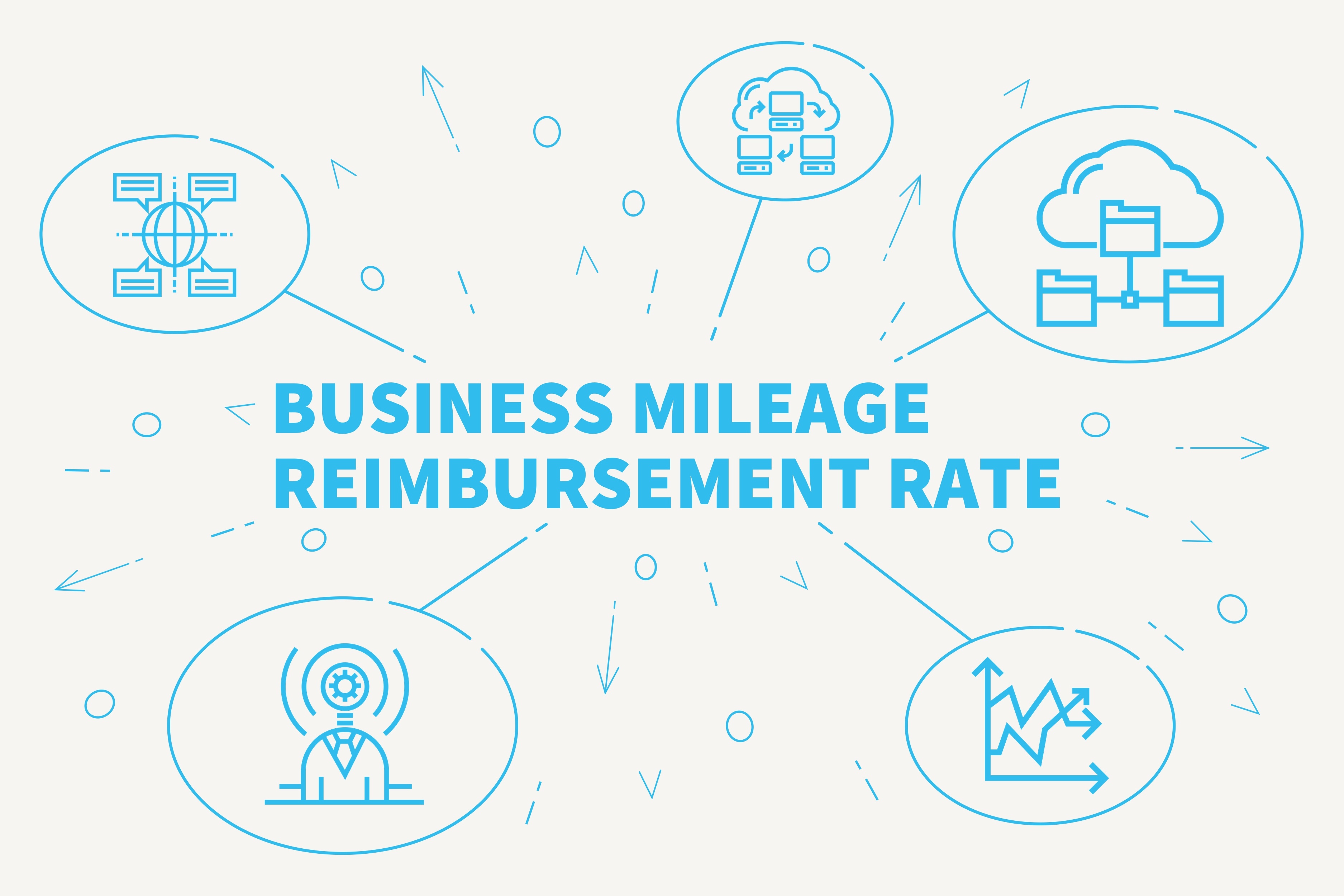The IRS has issued mileage rates for 2024.
Starting January 1, 2024, the standard mileage rates will be:
- 67.0 cents per mile for business use, which is up from 65.5 cents for 2023. The business mileage rate was 58.5 cents in 2022.
- 21 cents per mile for medical and moving, which is down 1 cent from 2023..
- 14 cents per mile for services provided to charitable organizations, which rate was set by Congress in legislation.
Rates were published in Notice 2024-08, 2024 Standard Mileage Rates[JU1] .














